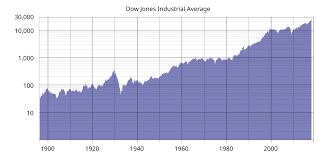Malaysia vs Singapore: Understanding Key Differences

Introduction
The rivalry and relationship between Malaysia and Singapore have long been a topic of interest in Southeast Asia. As neighboring countries with shared histories, their comparisons across economic, cultural, and political spheres offer insights into regional dynamics. Understanding the nuances of this relationship is crucial, given their significant roles in ASEAN and the global economy.
Historical Background
Malaysia and Singapore were once part of a single political entity known as Malaya before Singapore separated from Malaysia in 1965. This historical backdrop has created a shared identity, yet the two nations have evolved distinctively over the decades.
Economic Overview
Economically, Singapore has outpaced Malaysia significantly in terms of GDP per capita, which stood at approximately USD 65,000 in 2022 for Singapore, compared to around USD 12,000 for Malaysia. Singapore’s robust finance, technology, and logistics sectors make it a regional hub, while Malaysia relies on diverse industries, such as manufacturing, palm oil, and tourism. Despite this, Malaysia’s resources present substantial growth opportunities, with a projected GDP growth of 4.5% in 2023.
Cultural Ties and Differences
Culture is an essential factor when comparing the two nations. Both Malaysia and Singapore have multicultural populations, but Malaysia is predominantly Muslim with a stronger emphasis on Malay culture, while Singapore is more cosmopolitan, embracing a mix of Chinese, Malay, Indian, and expatriate influences. Festivals, languages, and culinary traditions reflect these cultural differences, contributing to each nation’s unique identity.
Political Landscape
Politically, Malaysia operates as a constitutional monarchy with a unique rotational monarch system, while Singapore is a parliamentary republic noted for its stable political climate. The political ideologies surrounding governance and civil liberties differ markedly in each country, which sometimes influence bilateral relations.
Recent Developments and Relations
In recent times, both countries have sought to strengthen economic cooperation with initiatives aimed at enhancing trade and tourism ties. For instance, the completion of the Johor-Singapore Rapid Transit System is expected to facilitate smoother transportation and bolster economic interaction. However, there are lingering disputes over water agreements and territorial issues that continue to challenge bilateral relations.
Conclusion
In conclusion, the ongoing relationship between Malaysia and Singapore showcases a mix of cooperation and competition. As both nations navigate their respective paths of growth and development, their interactions underscore the importance of regional diplomacy in fostering economic and social stability in Southeast Asia. Observing the developments in these neighboring countries will be key for investors, travelers, and policy-makers alike, as these two dynamic economies continue to shape the landscape of the region.









